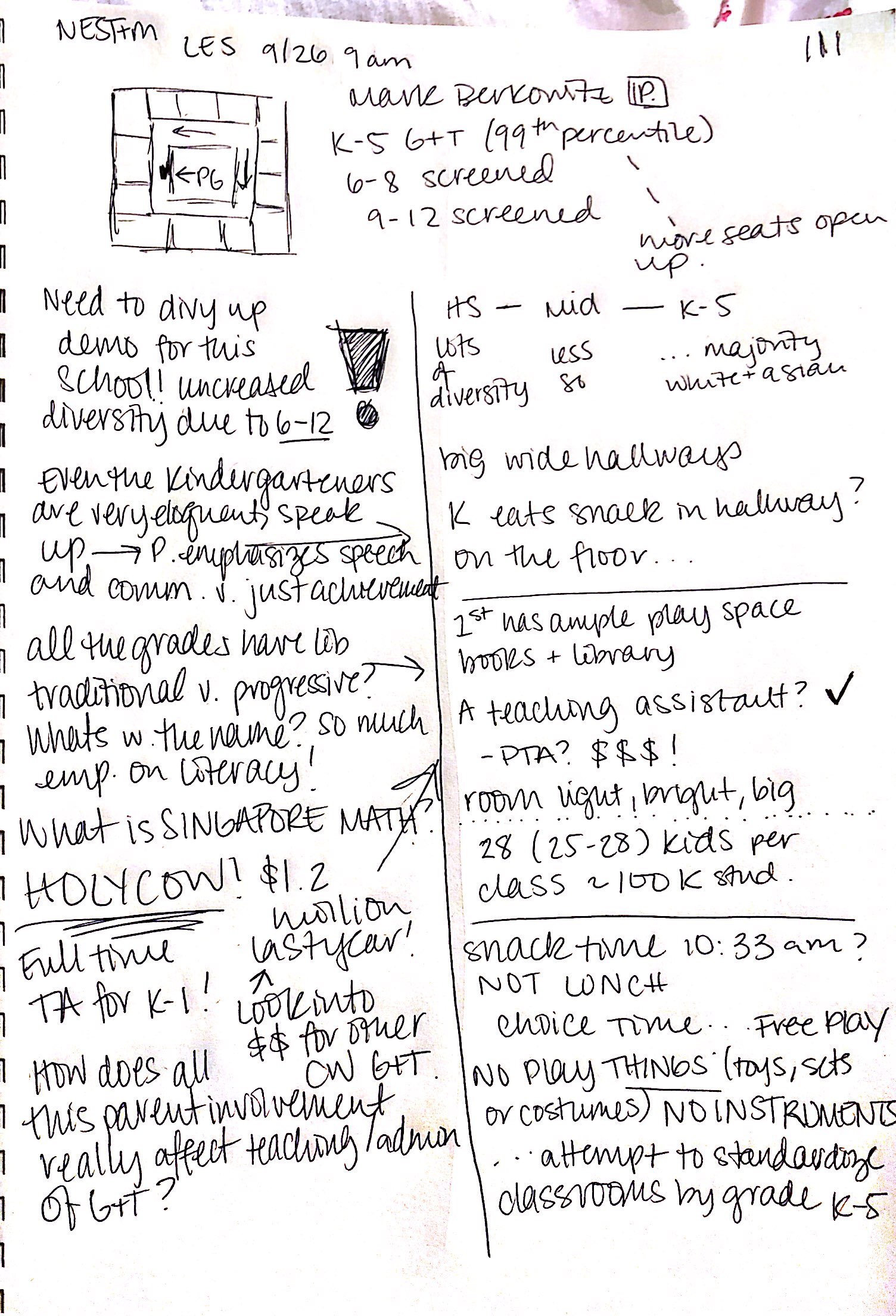Methods and Prototyping
Methodology, or the methods you use to conduct your research, and prototyping, or practicing how you will display or present that research, are two of the most experimental and fun parts of the thesis writing process. They may also seem tedious: why do I have to spend precious time testing methods I hate or making things I won't end up using?
Well, one of the reasons methodology and prototyping are so important is so that you can practice and test things you have never done before. That is the fun part! You have this dedicated semester/year/couple of months to work on something you are genuinely interested in, so why not try the things you've always wanted to but never had the chance? Maybe you didn't have time to take that class on web design, or GIS or photography, but now you want to learn as much as you can about those topics to incorporate those skills into your thesis. This is your chance. The other reason? You don't know what your end thing will look like yet, or what the full scope of research will entail. If you limit yourself to just what you know now you can't expand your project later if you haven't given yourself time to practice.
Methodology
Your methodology is just the methods of research you are going to use to get all the information you need for your thesis. There are many different kinds of methods and depending on your topic some will be more appropriate than others, but do not be afraid to think outside the box!
Some examples of methods:
- Interviews
- Surveys and Questionnaires
- Oral History
- Photography
An Example of Observation as Method
For my thesis, I used observation as a method, and I practiced it different settings, and even in schools that I was not interested in studying. Part of what I learned is a way of quick notation that helped me when I finally did observations in Gifted and Talented Schools that were relevant to my project.

This is a method of notation I learned from Observing Behavior by John Zeisel. The concept is simple: you split your page down the middle, and in one column you take all of your notes during the actual observation. After the observation, you address your notes in the other column.